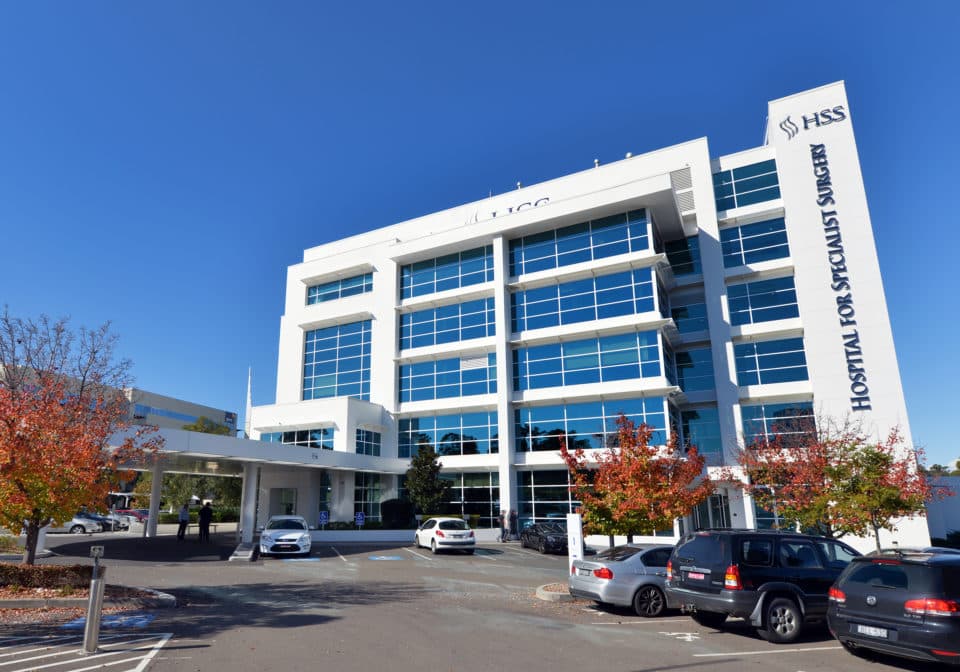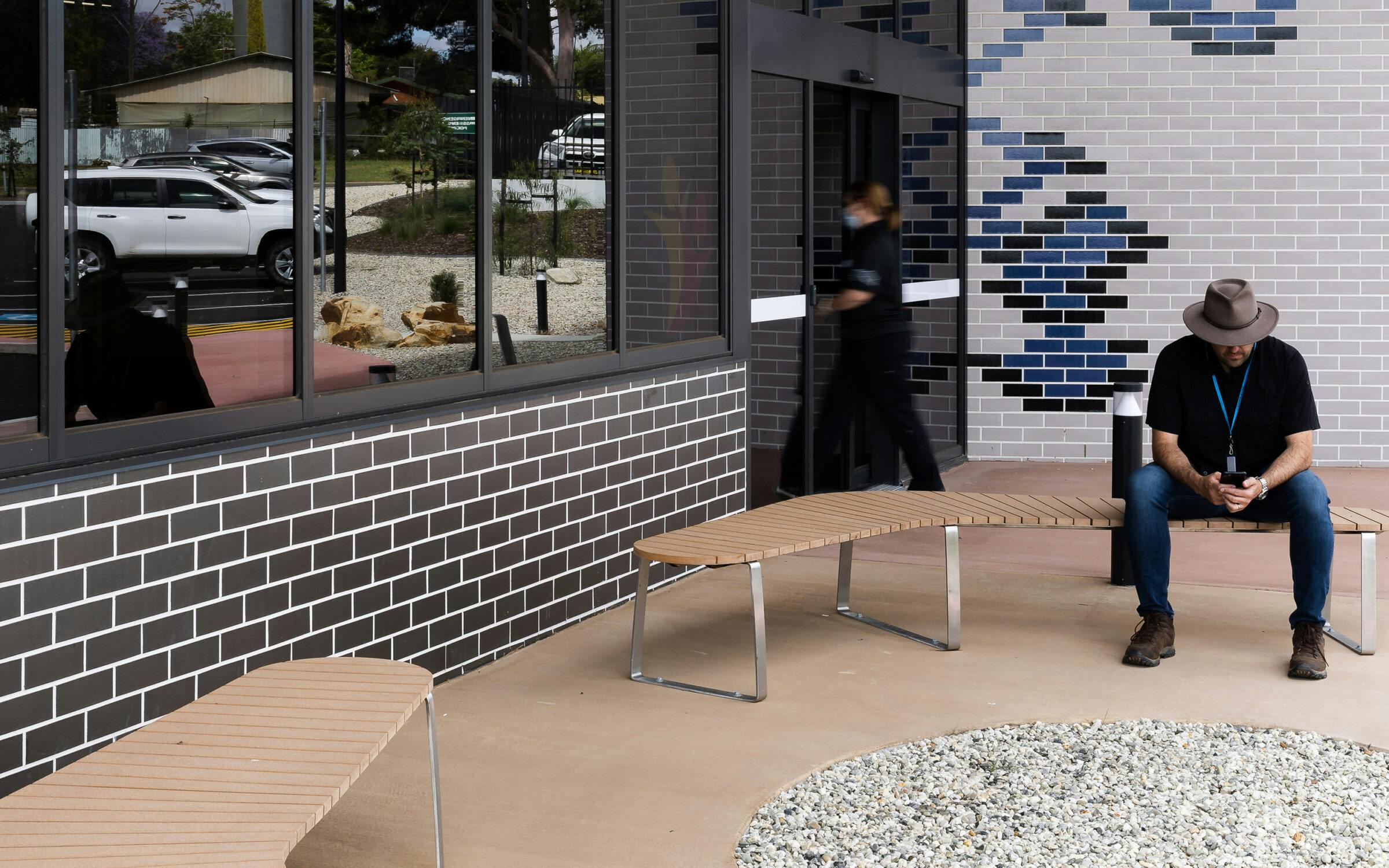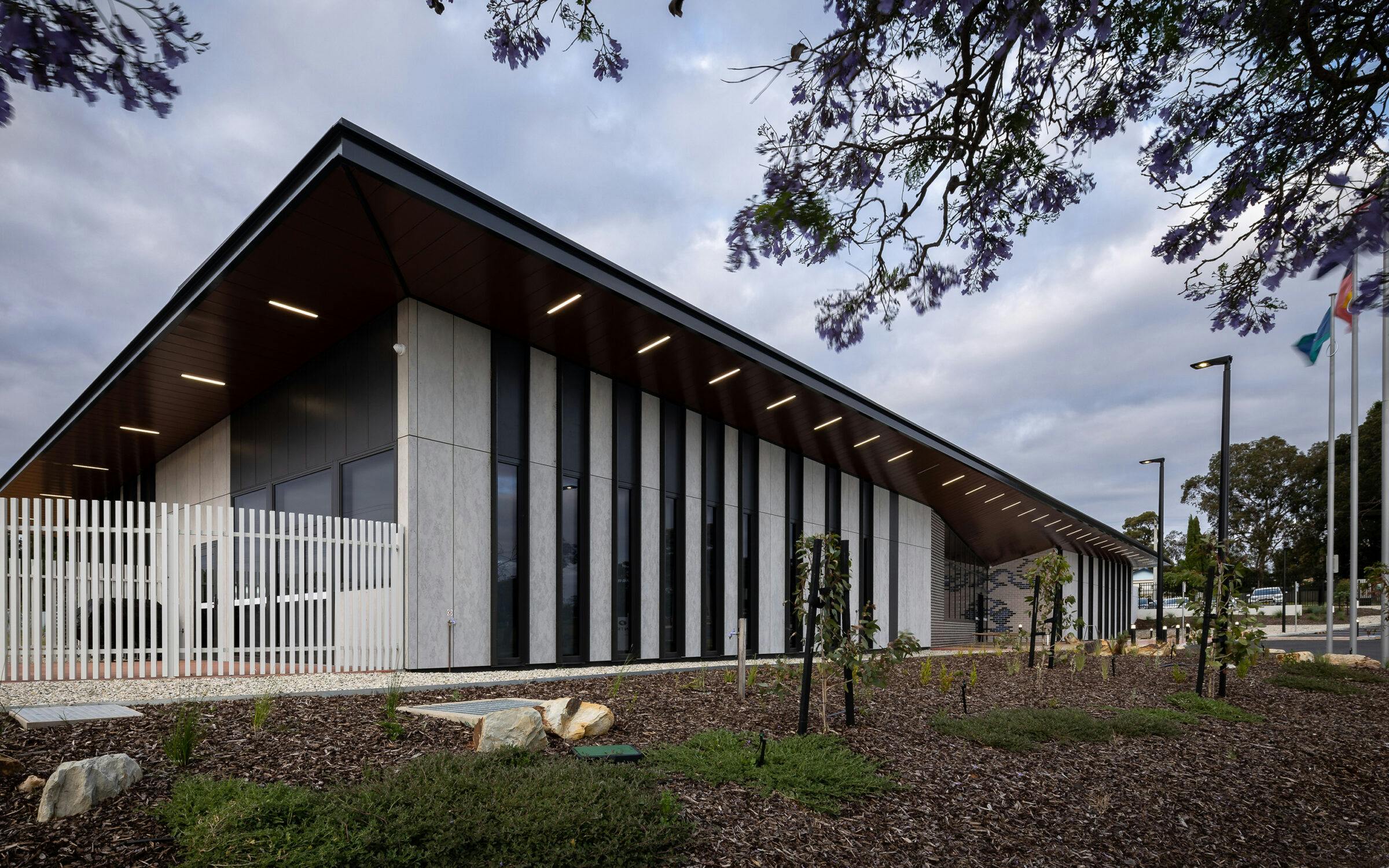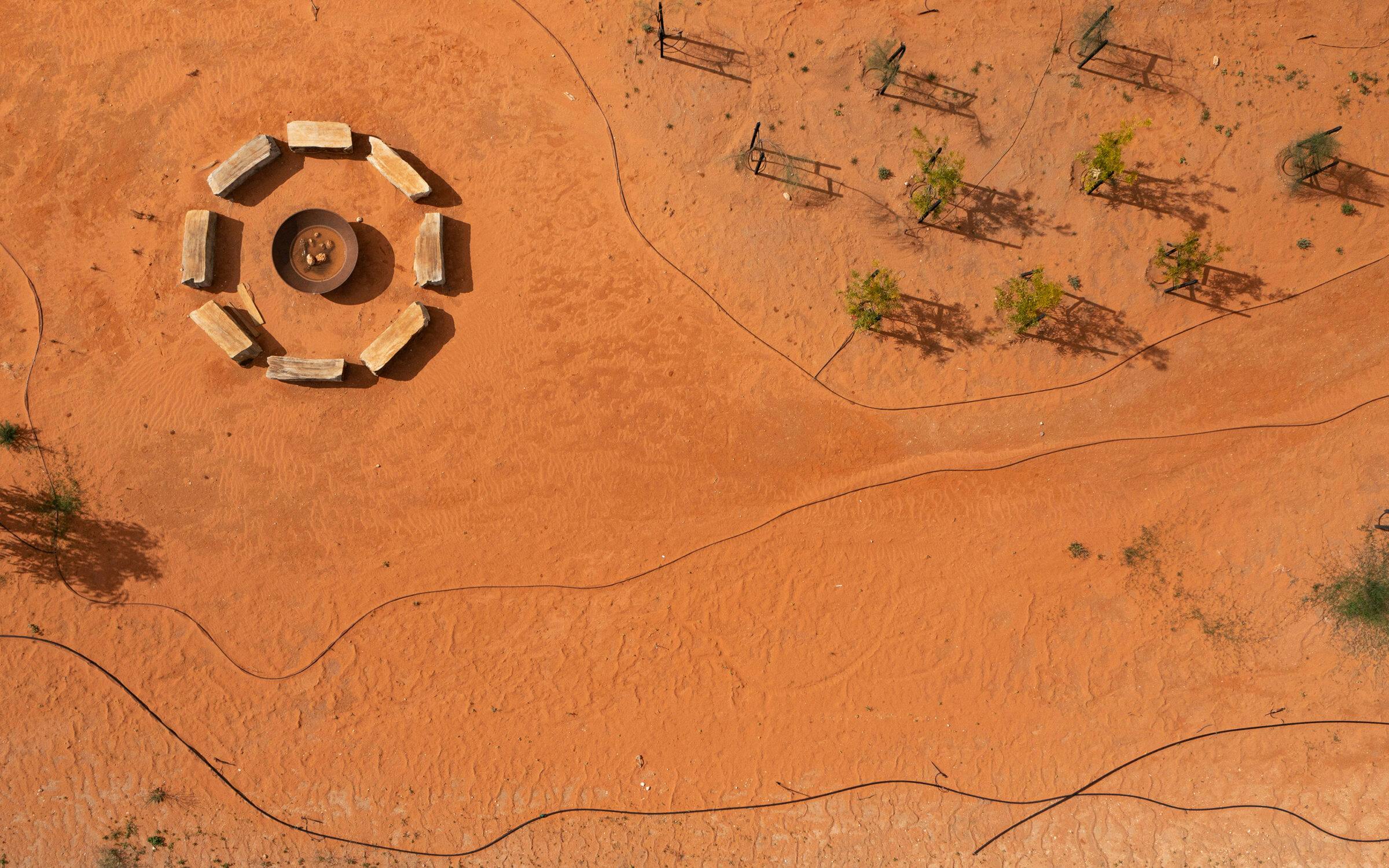A New Era In Indigenous-Driven Healthcare
Buronga HealthOne in Far West NSW is a modern healthcare facility catering to the local communities' diverse needs. The project has been shaped in collaboration with representatives from the Barkanji Nation and the local Aboriginal community. By incorporating design language that signifies its public and community focus, Buronga HealthOne aims to reduce the stigma of attending ‘sick’ places and encourage access to outpatient services.
The design of Buronga HealthOne is a testament to the deep connection between the facility and its surroundings. One of the notable design features is the presence of a 'relationship tree' or Kumparla, symbolising the partnership and connection to Country. This tree is planted within HealthOne's grounds, serving as a constant reminder of the collaborative effort and deep ties between the facility and the local Aboriginal communities.
The clearly defined entrance is accessed via a plaza and drop-off zone that operates as a gathering space. The building's main entrance and primary facade are to the south, addressing nearby public buildings such as the Church and school and directing the focus towards the town centre. A linear volume is orientated along the and aligned with the existing street and block pattern. The narrow volume is orientated along an east-west axis and maximises light access into all key spaces, while the large overhang and shaded western façade seek to minimise heat gain within the building.
The inclusion of a yarning circle provides a dedicated area for respite, ceremony, and cultural gatherings. Indigenous medicinal plants are thoughtfully integrated into the landscaping, further strengthening the connection to the land and indigenous traditions. User groups were vocal on design concepts that connected with the regional context and reflected the connection with the river.
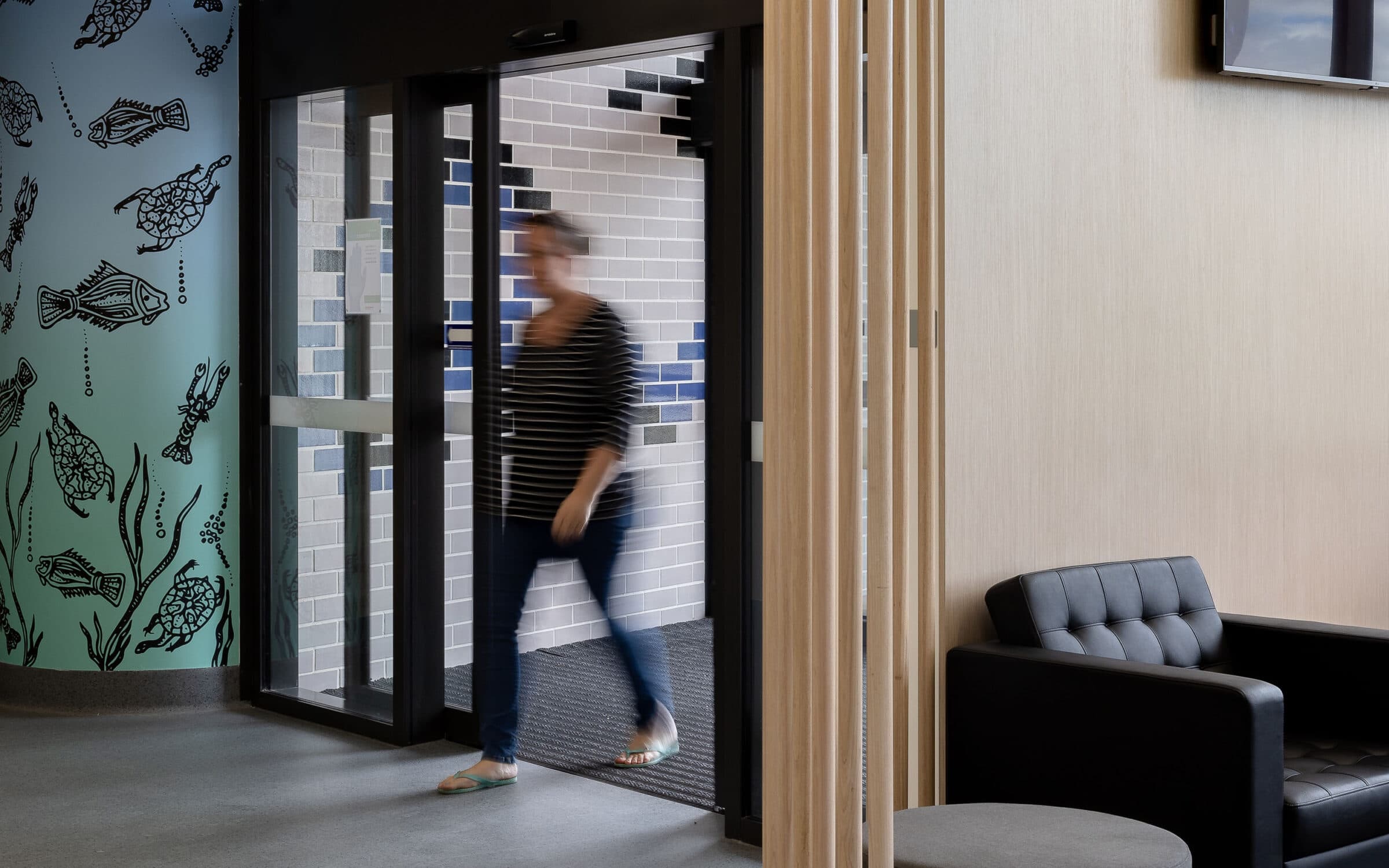
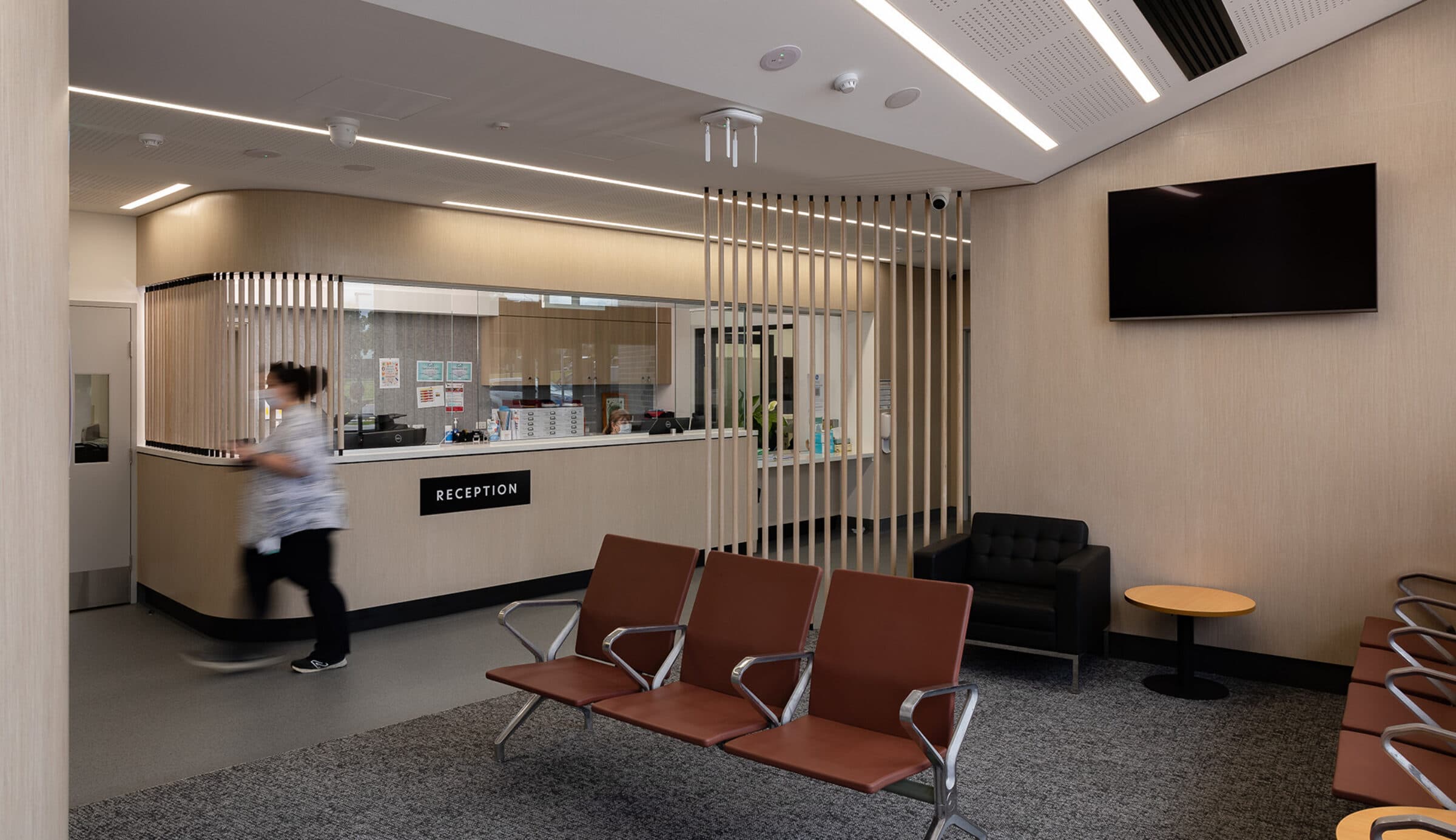
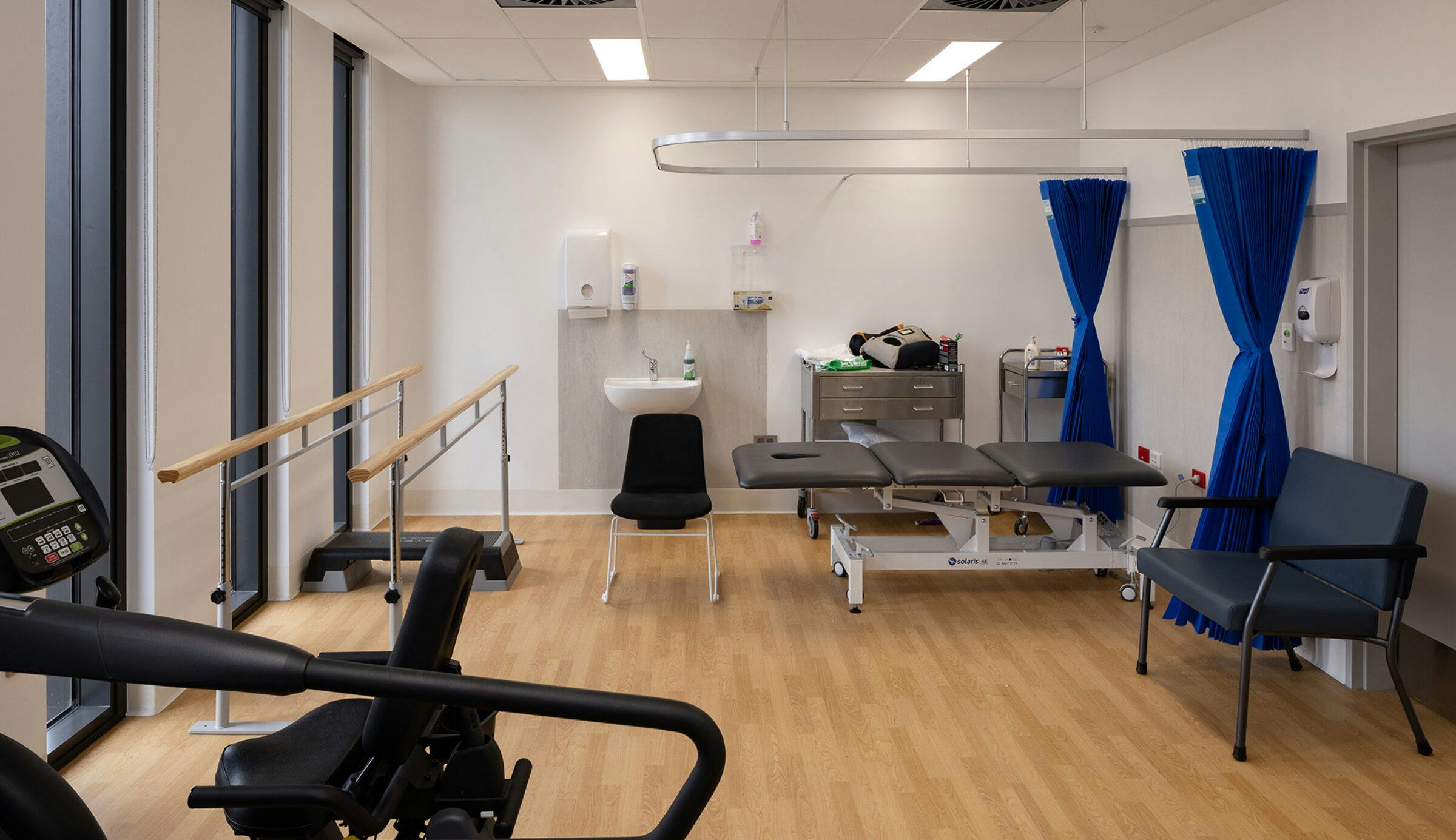
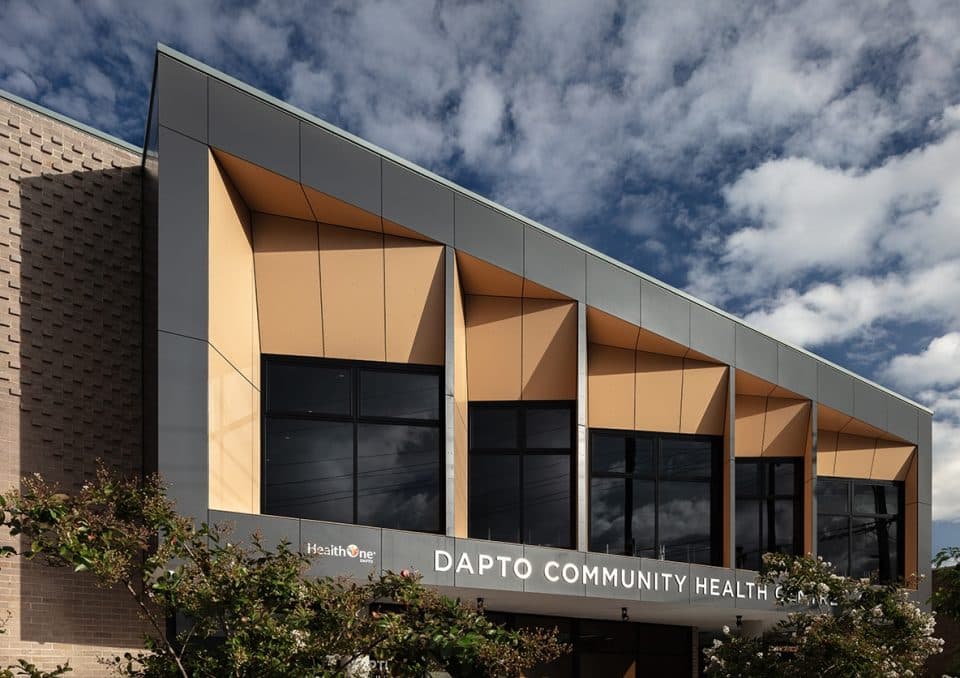
Dapto Community Health Centre
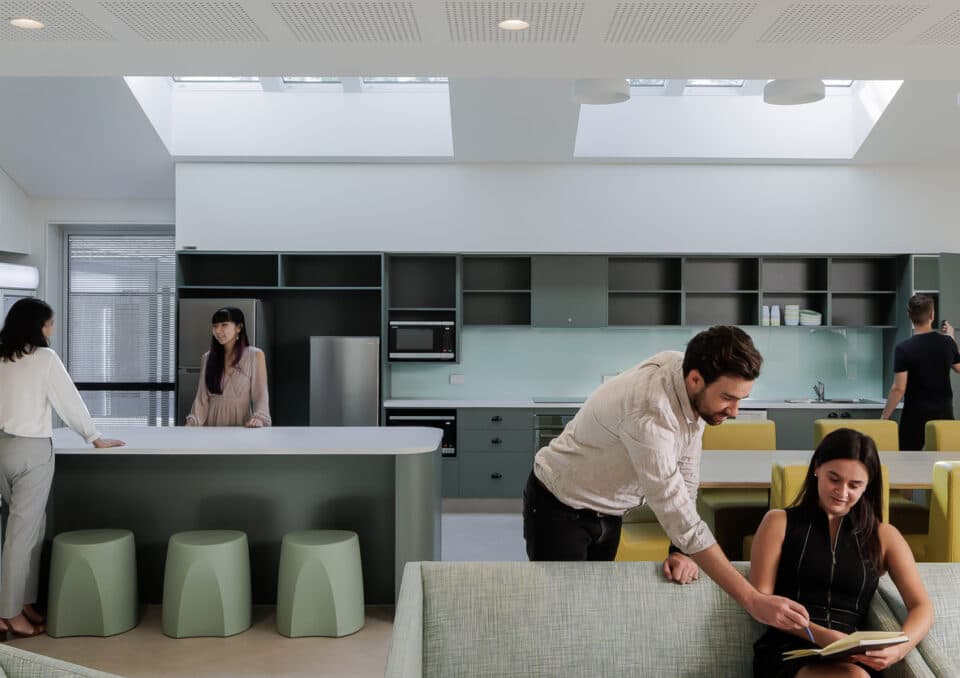
Westmead Mothers & Babies Unit
